Ever wondered who the real heavyweight in the manufacturing world is? You might be surprised to find out that it's a tight race. Leading the pack is China, home to big names like Foxconn and Huawei. China's manufacturing beast not only cranks out electronics like there's no tomorrow but also dabbles in everything from textiles to heavy machinery.
But how did China get here? It's a mix of government schemes, savvy planning, and those infamous work ethics. The government knows how to roll out the red carpet for industries, offering incentives and creating an environment where businesses can thrive. Who wouldn't want to set up a shop with such backing?
These manufacturing giants aren't just about churning out products. They're crafting the future of industries and economies. With their massive influence, they help shape trends, push for technological advancements, and drive workforce development.
- The Current Champion
- Government Schemes Boosting Manufacturing
- Impact and Influence
- The Future of Manufacturing Giants
The Current Champion
If you're thinking about who's ruling the world of manufacturing right now, China is the name you'll hear most often. It’s like the heavyweight champion in the global manufacturing arena. With companies like Foxconn, Huawei, and BYD lining its roster, China’s manufacturing scene is truly vast and powerful.
Now, what makes China stand head and shoulders above the rest? Well, it’s not just about sheer size. One major factor is its powerhouse workforce—hundreds of millions strong—coupled with cutting-edge technology and massive infrastructure investments. The country's deliberate focus on being the manufacturing leader through government support and strategic planning makes it pretty unbeatable at this point. They've poured resources into key areas like robotics, AI, and green tech, giving them a head start in innovation.
China isn’t just about volume; they are about staying ahead. They are continually working on enhancing product quality and efficiency—shifting from being known as the world’s factory for cheap goods to a center for high-quality, innovative products.
Looking at some numbers, China accounted for more than 28% of global manufacturing output by 2024, which is honestly mind-blowing. As if that wasn’t enough, their exports touched nearly $3.4 trillion last year.
But these achievements aren’t just out of thin air. The Chinese government plays a huge role, introducing initiatives like 'Made in China 2025' to boost innovation and reduce dependency on foreign technology. By supporting local industries through policy and infrastructure development, they're ensuring the country remains a dominant force in the manufacturing world for years to come.
So, want to understand how any industry might look in the future? Watch China. With its current strategies and government-backed efforts, it’s setting a blueprint for success in global manufacturing.
Government Schemes Boosting Manufacturing
When it comes to turbocharging the global manufacturing scene, government schemes are like the secret sauce. China, the current leader in this space, has its strategies down to a science. One of the standout initiatives is the 'Made in China 2025' plan. It's all about transforming traditional manufacturing into high-tech, innovation-driven production. How do they achieve this? With a cocktail of subsidies, tax cuts, and flexible land policies tailored to manufacturers' needs.
The fun doesn't stop there. India, another rising star in the manufacturing world, launched 'Make in India' in 2014. This campaign aims to turn India into a global manufacturing hub by simplifying regulations, encouraging foreign investment, and offering attractive incentives. Special Economic Zones (SEZs) play a key role here, providing manufacturers with tax holidays and other goodies to boost exports.
Even across the pond in the US, government-backed initiatives support domestic manufacturing. The American government's focus has been on reshoring industries, offering grants and tax incentives to companies returning production to American soil. This strategy is part of a broader effort to strengthen local supply chains and create jobs.
These government efforts are not just about handing out financial perks. They also streamline bureaucracy, making it easier for businesses to set up shop and expand. In some regions, digital platforms speed up licensing and registration processes, cutting what used to take weeks down to days.
So, why all this focus on manufacturing? It's a win-win deal. It lights a fire under economic growth, creates scores of jobs, and spurs technological innovation. Plus, as countries compete to be the biggest manufacturer, their governments know that supporting these industries is essential to staying in the game. Check out this table for a snapshot of key government schemes in manufacturing:
| Country | Scheme Name | Main Focus |
|---|---|---|
| China | Made in China 2025 | High-tech Manufacturing |
| India | Make in India | Attract Foreign Investment |
| USA | Reshoring Initiatives | Domestic Job Creation |
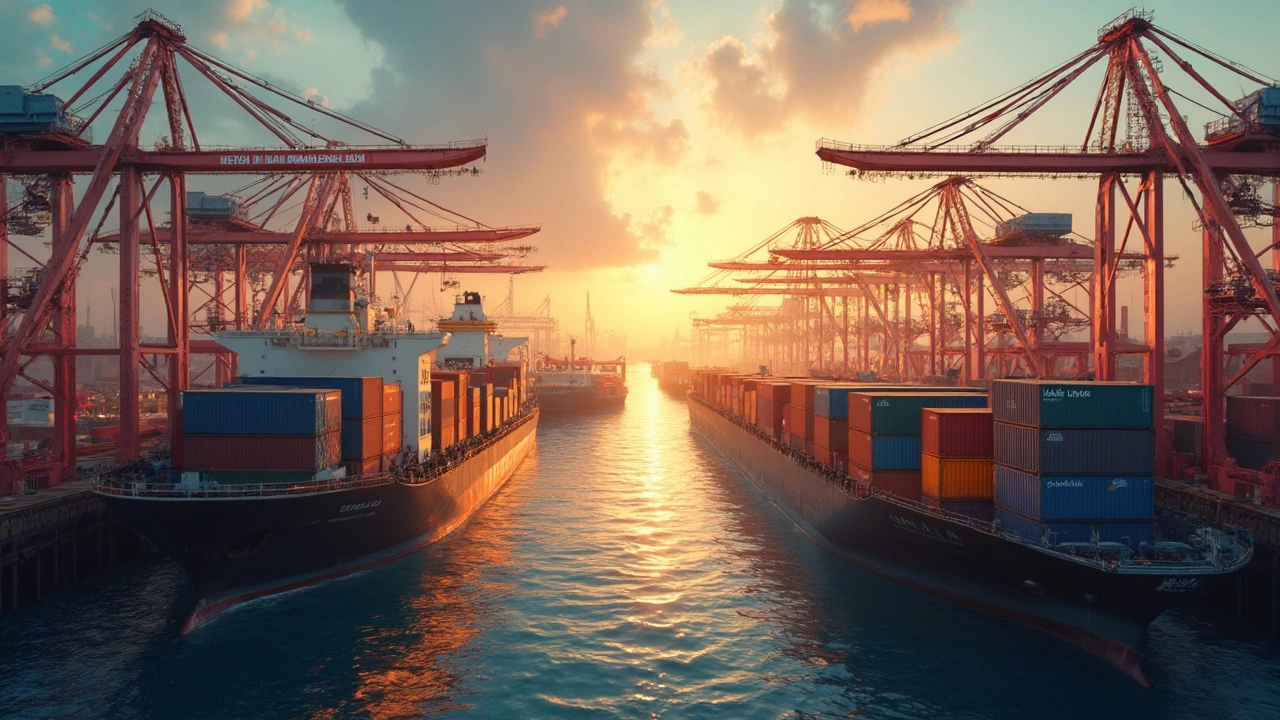
Impact and Influence
China's dominance as the biggest manufacturer isn't just about size—it's about the ripple effect they create worldwide. When Chinese factories ramp up production, it's like they hit a turbo button on the global supply chain, sending components and products in every direction.
Consider the smartphone in your pocket. Odds are, a chunk of it was made by Foxconn or a similar giant. By meeting immense global demand, these companies set trends and standards in manufacturing techniques and quality.
China's pursuit of manufacturing greatness isn't an isolated effort. Government policies like the 'Made in China 2025' plan aim to modernize industries and reduce reliance on imports. This scheme has propelled investments in high-tech manufacturing, which means they aren't just the world's factory anymore—they're also innovative hubs.
According to a report by McKinsey, "China produces nearly 30% of the world's manufacturing output, showcasing its unrivaled production capabilities."
"The impact of China's industrial growth extends beyond its borders, affecting global commodity markets, labor opportunities, and even trade policies," noted an economist from the World Bank.
But here's where things get interesting. As China grows, so does its influence over international standards and environmental responsibilities. These giants are now steering efforts for more sustainable production practices. It's not just about what they produce, but how they do it that matters.
The influence of these industrial giants also spills over into job creation. Globally, millions of jobs, both directly and indirectly, owe their existence to China's manufacturing might. This includes everything from assembly line jobs in Shenzhen to logistics roles in Europe handling exports.
China being the top dog in manufacturing isn't just a win for them—it's a massive push for countries worldwide to innovate and up their industrial game. Whether competitors or collaborators, everyone has to keep pace with this manufacturing mammoth.
The Future of Manufacturing Giants
If you think today's biggest manufacturers are doing well, just wait and see what's coming. The industry's future is teeming with tech-driven transformations. One prominent trend is the increasing shift towards smart manufacturing, where AI and the Internet of Things (IoT) play huge roles. Imagine factories where machines diagnose their own issues or optimize production lines on the fly. It's not far off, thanks to the innovations pumping into global manufacturing.
Government schemes continue to act as a booster rocket for these advances. More countries are hopping on the bandwagon with initiatives similar to Germany's Industry 4.0 strategy, aiming to digitalize manufacturing and make it more efficient. These policies don't just stimulate growth; they mold the manufacturing giants of tomorrow.
Another intriguing area is environmental sustainability. With climate change pressing hard, there's a growing push for green manufacturing practices. Factories are aiming for reduced carbon emissions, using eco-friendly materials, and adopting recycling programs. It's about striking a balance between growth and our planet's health.
Labor dynamics are also evolving. Automation doesn't just mean robot coworkers but reshaping the workforce to focus on high-skilled, tech-oriented roles. We might see more collaborations between educational institutions and manufacturers to nurture future-ready workers.
Here's a peek at some projected trends:
- 3D printing will cut down on logistics and lead to faster production cycles.
- More manufacturers using blockchain for supply chain transparency.
- Increased utilization of drones for inspection and maintenance tasks.
- Expansion in customized and small-batch production thanks to advanced tech.
What does it all mean? For industrial giants to remain on top, adaptability isn't just key—it's a survival tool. They must ride these waves of change, using new technologies and responding to shifts in consumer demands and environmental challenges. It's not just about staying afloat; it's about setting the course for the future.


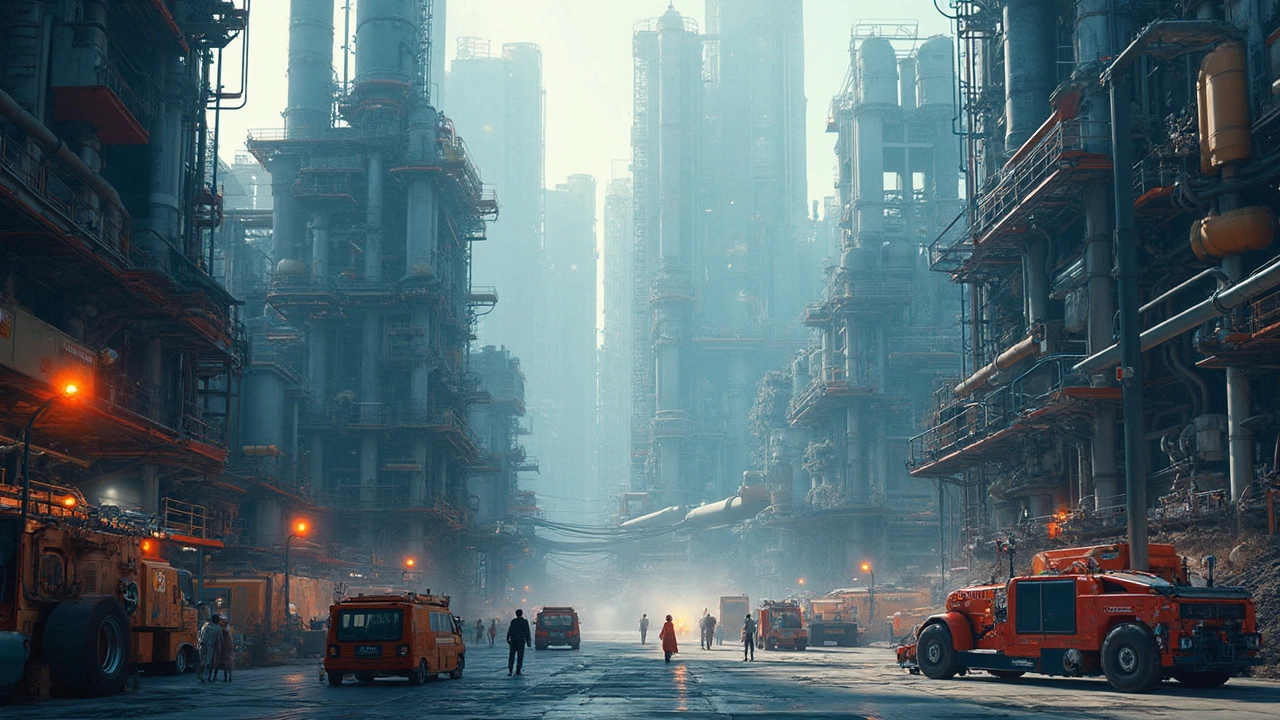


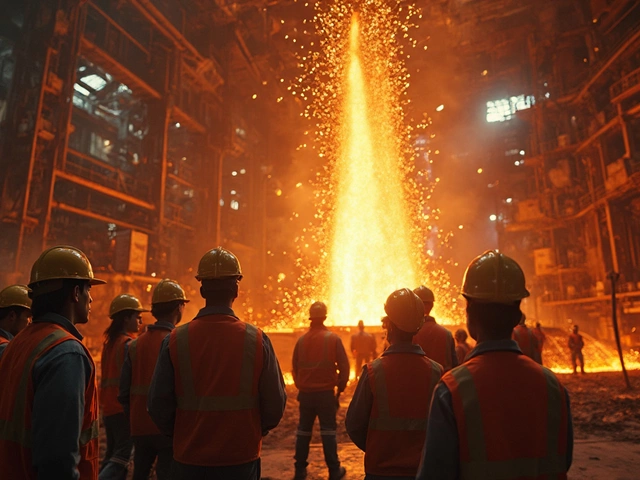
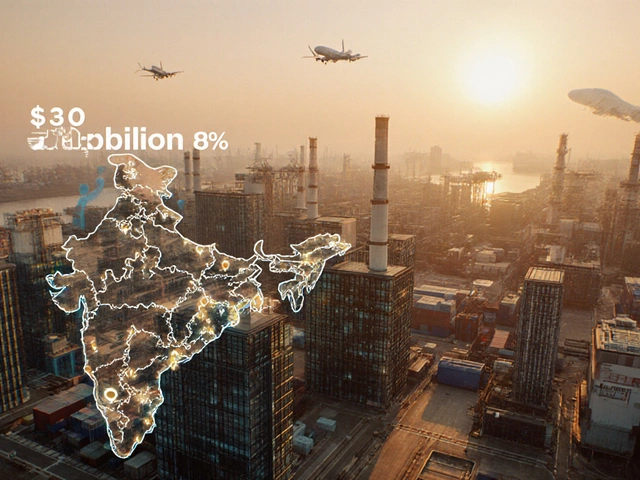
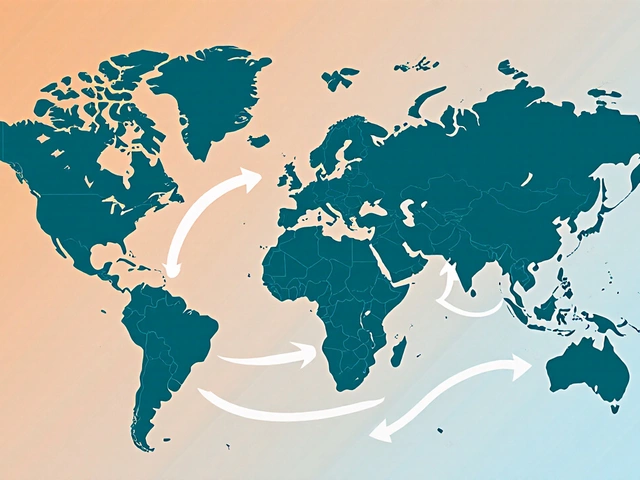
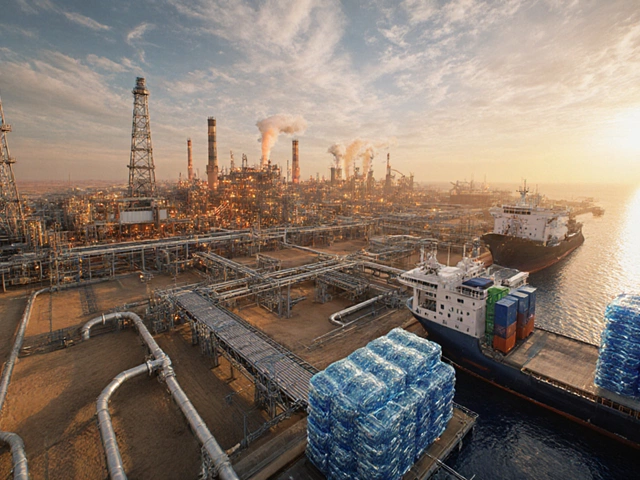
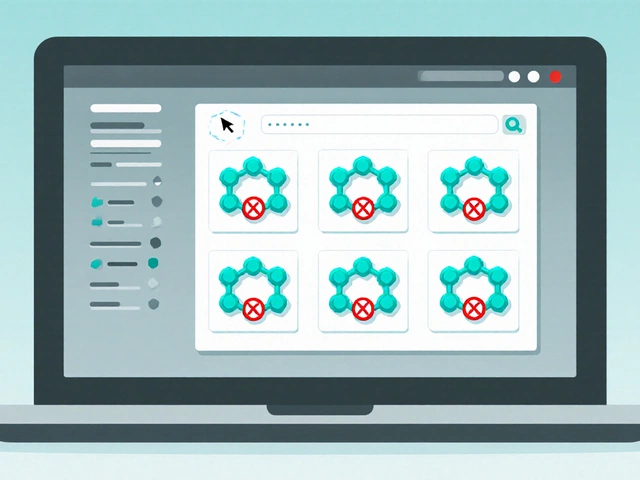
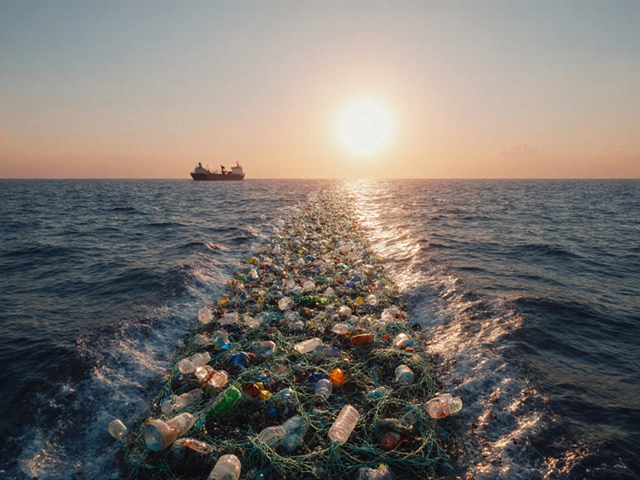
Write a comment